Unlike the History Channel or American Movie Classics (AMC), The Learning Channel (or TLC as it’s lovingly abbreviated) continues to offer programming that fulfills the promise of its original name. Because when you watch The Learning Channel, you will definitely learn some shit. You will learn what it’s like to have 9 wives, or 19 kids, or weigh 600 pounds, or be 3 feet tall, or live in a house filled with 100 cats. Your eyes will be stretched open by all the learning. It’s a PT Barnum spectacle of humankind’s most disconcerting outliers.
If, like me, you’re interested in learning all about people with unsightly skin conditions and subcutaneous growths, The Learning Channel’s got you covered there too, with their accurately-titled show “Dr. Pimple Popper.” As you follow the unlucky patients of skin doctor / YouTube sensation Dr. Sandra Lee (a.k.a. Dr. Pimple Popper) you will learn more than you’ve ever wanted to know about extreme dermatology. You’ll learn that a lipoma is a fatty deposit that can be squelched out, preferably as a single blob, whereas a cyst is full of pus. Oh – and did you know that with a cyst, there’s a sac that contains the pus, and if you don’t remove it properly, the growth could return? Yes indeed.
Each episode focuses on three or four patients and their horrifying zits. You get a bit of their backstory, hear all about how their problem has ruined their lives, then they go visit the Doctor who injects a local anaesthetic, busts out a scalpel and basically just pops the damn thing. Problem solved. Viewer satisfied.
After experiencing the visceral feeling of wanting to simultaneously vomit and cheer out loud when an avalanche of pus is “expressed” from a particularly enormous cyst – I got to wondering how such a thing could be so… compelling. And in the middle of a global pandemic, at a time when I just found out the kids won’t be going back to school in the fall, even simple musings about a reality show can lead to some pretty weird places.
I was noticing, that with each “pop,” there’s a pattern of anticipation, build-up, explosion and satisfaction. There’s obviously a sexual element to it, but that comparison is so gross we’re just gonna fast-forward past it to keep from gagging… Ok… keep going… there we go.
Let’s just say that the brain seems to have a hard-wired mechanism that triggers a reward center when this pattern of build-up and expulsion is experienced. It’s an actual somatic sensation that feels like an ingrained pattern recognized by some very primitive cerebral components – like, I wouldn’t be surprised if a platypus enjoyed this show.
For the most part, our bodies can take care of themselves. The liver is down there squirting bile. The bronchioles are releasing oxygen. The appendix is doing whatever it does. It’s a miraculous balance of cells and systems that we can completely ignore and still get along just fine. Occassionally, though, one of these operations needs to call on the senses and the rest of the body to facilitate a process. As in: “Hey – your stomach is empty. Find a drive-thru.”
From an evolutionary standpoint, it makes perfect sense that expunging impurities from the body would trigger some kind of positive feedback loop when the brain gets involved. As I learned from Dr. Pimple Popper, pus is actually made of dead skin cells and the putrid smell is from the decay. (It’s the smell of death! Hooray!) Decaying cells in your body can harbor bacteria that can kill you. So anything that reinforces behaviors that expel those cells would have a greater tendency to stick around from one generation to the next.
But it’s not the literal pimple popping that’s got me curious. It’s that the pattern itself seems to trigger such primitive mental engagement. It feels like, after millions of years of repetition and reiteration, a big pile of neural circuitry has compounded itself around any sequence of incoming stimuli that even slightly resembles something that needs popping. When we sense any kind of swollen build up of unknown origin, anything that says, “there’s something under there,” the conscious mind is ready for action. We need to see this thing exposed and released, whatever it is.
If we keep extrapolating this pattern it starts to form a sequence that applies to basically everything that holds our interest. It goes like this:
- Hmm, something is happening that isn’t exactly like everything else.
- Uh-oh – it’s getting more noticeable.
- It’s definitely a problem.
- What the hell is it? It’s concealed.
- Let’s make a plan to find out what it is.
- Ready? Do it! Do it now!
- Oh wow! So that’s what it was!
- Whew. Feels nice to finally know.
It’s obvious how this pattern applies to things like peekaboo, or popping bubble wrap, or opening a present, or watching unboxing videos. But you could also apply it to more sophisticated revelation procedures, like a murder mystery, or journalism, or psychotherapy. In other words, there’s a natural attraction whenever we sense something gucky just below the surface. This idea led me to consider the rather disconcerting possibility that the origin of all human curiosity – the origin of these questions and wonderings that are so enjoyable and are the basis for all scientific investigation and for this very piece of writing – is all founded on the urge to pop a zit.
Let’s leave that lovely thought to the psychological anthropologists and keep going. Let’s say there’s this innate need for moving certain types of gucky stuff out of our bodies and the stuff that has no built-in exit orifice requires some pretty sophisticated attention. We can’t just willy-nilly go around popping stuff out of our skin. There’s a risk of infection, it hurts, and it’s just plain gross. We need to focus. We need a doctor with her own YouTube channel. Our own brain isn’t good enough to go it alone.
In this way, what started as a private, biological process contained in a single body has morphed into a networked, social operation complete with cameramen and a clinic in San Bernadino. And just like that, this basic, primal need is out there operating in the world, hijacking the interconnected nervous systems of a million TLC viewers.
When we start looking at the phenomenon of expelling toxicities as a social impulse that also applies to behavior and ideas, we can see that we’ve been highly involved in such a process for a few years now, with Trump as the disgusting white-head indicating to everyone that “hey – maybe it’s time to actually pop this thing.”
Like the guy with a mountainous cyst on his forehead, we’ve had a build-up of putrefied guck in our society that’s so large it’s affecting our balance.There’s pressure, and inflammation, and a foul smell. Luckily, we’re taking some steps to get rid of it. Malignant tendencies like sexual exploitation, misogyny, homophobia, trans-phobia, wealth inequality, systemic racial bias, and race-based violence are erupting to the surface, no longer contained by the weak skin of the status quo. It’s healthy, but it hurts.
Now with a virus that’s creeping in through the open fissures, we’re coming face-to-mediated-face with the fact that we’re all cells in a complex biological system with a shared immuno-response capability and a shared ability to heal.
And, just like Dr. Pimple Popper, we need to put on our masks, because this looks like a big one and it’s gonna get messy.


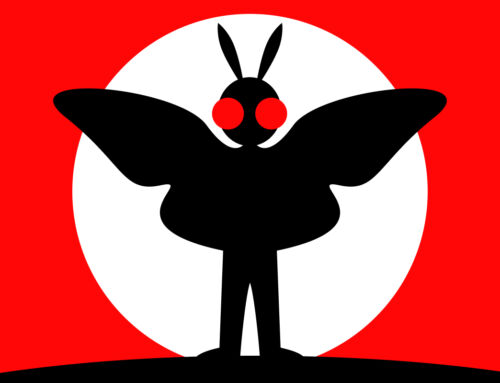
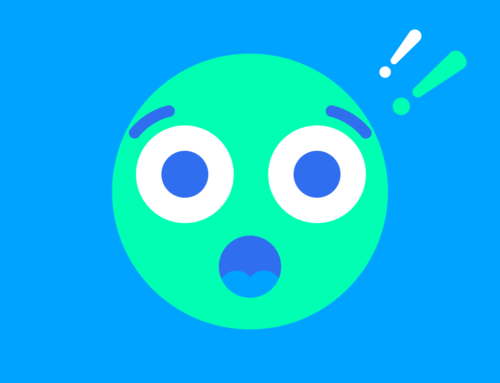

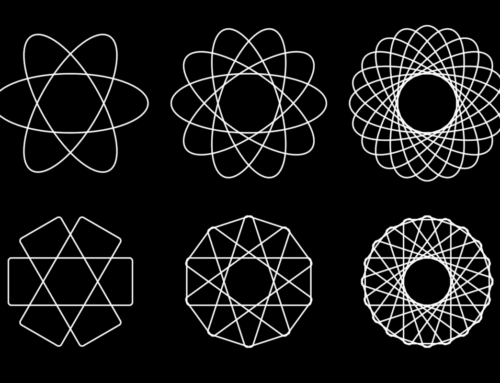
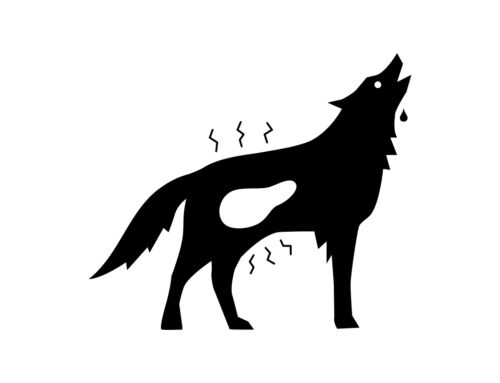

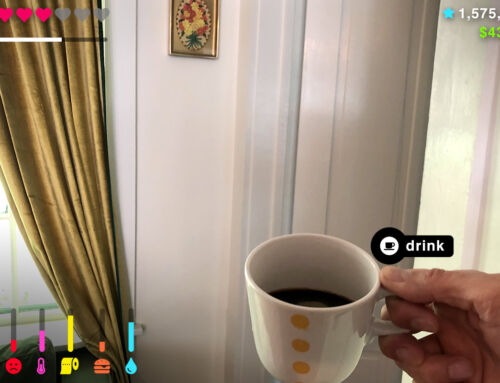
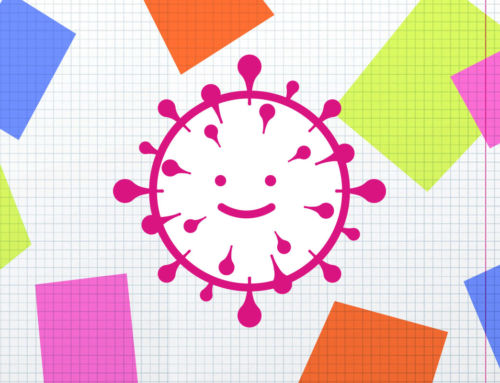

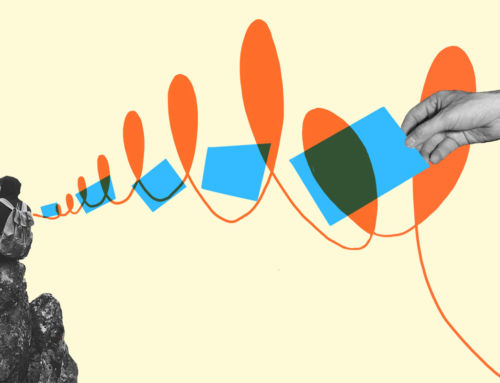
I think about this all the time. Part of me thinks the tension > release fascination is a sexual / quasi sexual thing.
Smartly written. If you think pimple popping is fun, try watching somebody pull out botfly larva with a pair of tweezers.
Ooh – Where?
We urgently need Dr. Pimple Popper, to lance the enormous stinking pus filled boil of our body politic. It’s been festering for so many decades that if it is left to mother nature to resolve, the explosion of purifying matter will destroy us all; probably the rest of the Western World too.